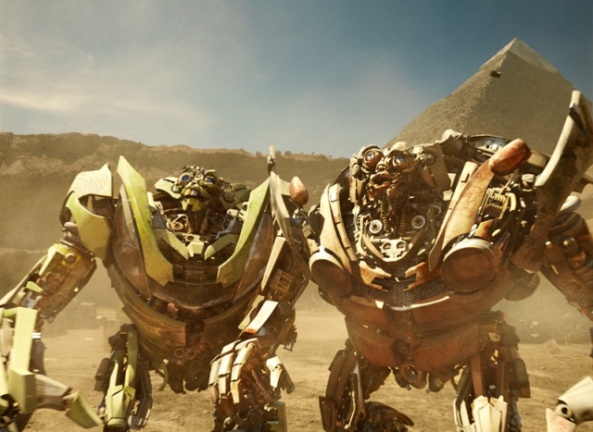At the dawn of the 21st Century, two directors emerged out of Mexico City with gruff, intimate films in their native tongue, but each with sprawling stories, symbolism and philosophies.
The first, Alejandro Gonzales Inarritu, made his debut film “Amores Perros” and has since moved on to Oscar bait with his films “Babel” and “Biutiful.” Critics have noted that his films have gotten grimmer, darker and more depressing as he’s grown as a filmmaker, but his next film, 2014’s “Birdman,” will be an American comedy.
The second, Alfonso Cuaron, had already been established with big budget titles, but returned to Mexico for the frankly sexual “Y Tu Mama Tambien,” a road-trip, coming of age story that could’ve never been made in Hollywood. Cuaron has now entered into the upper crust of blockbuster filmmakers with arguably the best Harry Potter movie “The Prisoner of Azkaban,” “Children of Men” and his upcoming space epic “Gravity.”
On paper, the two films are strikingly similar, a good starting point for Mexican cinema in the 2000s. In fact, both launched the career of actor Gael Garcia Bernal. But which is really the more depressing or the tougher sit? Neither film can be easily classified into the indie, foreign art film genre so easily, and although each is a striking example of how each filmmaker would grow and develop, neither can be so easily pigeonholed as equal entries into their broader, on-paper filmographies.
“Amores Perros” and “Y Tu Mama Tambien” may sound so similar because on a fundamental level, they’re both love stories. In tragic ways, they depict nuance, naiveté, betrayal and heartbreak.
“Y Tu Mama Tambien” especially is anchored on these themes. The first scene is an intensely passionate love scene between Tenoch (Diego Luna) and his girlfriend, in which he stops her and makes her promise she won’t cheat. Cross that with the frankly hilarious sex scene in which Julio (Bernal) and his girlfriend have sex while her parents wait for them to leave just downstairs. In each instance, sex is built on mistrust, a bad omen for any road trip. Continue reading “Side by Side: Amores Perros and Y Tu Mama Tambien”

